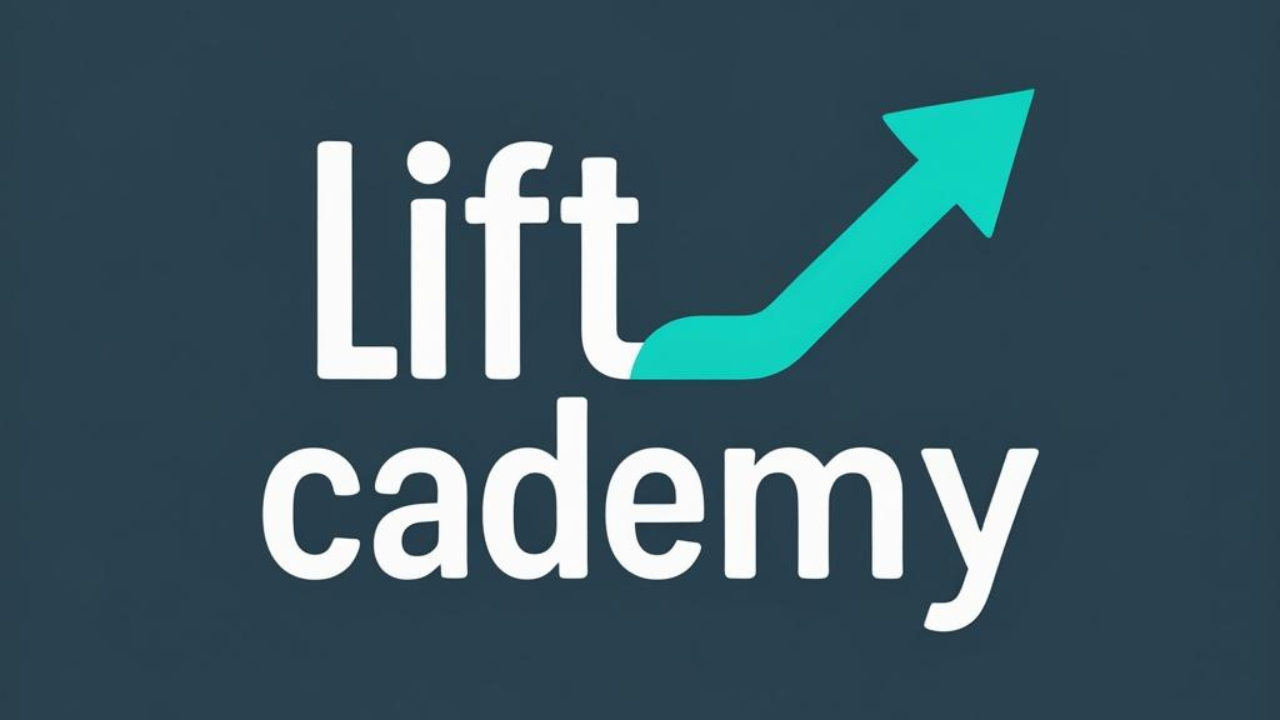Hi doctor,
In this lesson, I’m walking you through non-surgical nose augmentation using threads — a highly requested and incredibly precise procedure that lets us reshape and refine the nose without surgery or dermal filler.
Thread lifting for the nose has grown in popularity because it provides structure, lift, and tip definition — all with minimal downtime and no volume overload. But just like with filler, this is a high-risk zone, and your technique and anatomical understanding must be exact.
Let’s walk through how I approach thread nose lifting, including patient selection, thread placement, depth, entry points, and what to avoid.
👃 What Can Thread Lifting Do for the Nose?
The goal of this treatment is not to create a totally new nose. It’s to improve shape, projection, and contour by using the mechanical lifting properties of threads.
Thread nose augmentation can help:
- Straighten the dorsal line
- Support and lift the nasal tip
- Improve radix definition
- Slightly narrow the nasal bridge (via tissue contraction)
- Provide subtle reshaping without adding filler bulk
It’s especially ideal for patients who want a refined profile without surgery or are not good candidates for filler-based nose correction.
✅ Who’s a Good Candidate?
Thread lifting for the nose is best suited for:
- Patients with a mildly droopy tip
- A slightly flat or low radix
- Soft tissue irregularities or post-surgical irregularities
- People who are afraid of filler-related vascular risk
- Younger patients wanting slight enhancement without adding volume
I do not recommend thread lifting for:
- Very short or stubby noses
- Patients with thick, oily skin or significant nasal fat
- Severe dorsal humps or wide bone structure
- Anyone expecting surgical-level change
The best results come when you target subtle changes and set clear expectations.
🧠 Understand the Anatomy — Stay Safe
The nose is one of the most vascularly sensitive areas on the face.
You must be aware of:
- The angular artery at the alar base
- The dorsal nasal artery along the bridge
- The columellar vessels and tip plexus
- Superficial vs. deep nasal layers (dermis, SMAS, cartilage, bone)
Thread lifting generally stays in the subdermal or supraperiosteal layer, depending on the goal.
This keeps us out of the danger zones, but only when done with proper depth and control.
🧰 What Threads Do I Use for the Nose?
For nose contouring, I always use:
- Mono or barbed PDO threads — depending on the area being treated
- Nose-specific threads — often stiffer, shorter, and more linear
- Specialty tip threads — for support and rotation
Typically, I’ll use:
- 2–4 threads in the dorsum (for structure)
- 1–2 threads vertically into the tip (for projection or lift)
These are placed using a sharp needle or small cannula, depending on entry point and personal preference.
✍️ Thread Placement Strategy
Here’s how I plan my thread lift:
1. Dorsal Contouring (Bridge Support)
- Insert thread(s) along the nasal bridge, from radix down to supratip
- Place directly on bone or cartilage
- This supports the nasal structure and straightens the profile
2. Tip Projection
- Insert a single barbed thread vertically from the nasal spine upward into the tip
- Helps with lifting and rotation
- Requires very careful depth control to avoid vessel trauma
3. Tip Refinement
- Optional horizontal thread can be placed in the supratip area
- Helps define the transition and prevent drooping over time
My entry point is usually at the nasal spine (base) or columella, depending on whether I’m working upward or across.
🔐 Injection Depth and Technique
This is where you must be precise:
- Dorsal threads → supraperiosteal plane (bone or cartilage)
- Tip threads → deep subdermal plane, avoiding vascular plexus
- Advance slowly with controlled depth
- Always insert under tension, with clean, firm vector control
Once placed, I gently compress and mold the threads to ensure alignment with the nasal bridge and prevent visible irregularities.
🛑 Mistakes to Avoid
Let me quickly share what I’ve seen go wrong — and what I always avoid:
- Inserting too superficially → causes visible ridges or thread exposure
- Placing threads too close to vessels → increases risk of vascular compromise
- Using too many threads → leads to stiffness or infection
- Trying to fix major nasal issues with threads alone → patients end up disappointed
You need to approach nose threads with minimalism and precision. It’s a sculpting technique — not a lifting competition.
📋 What I Tell Patients
After a nose thread lift, I give very clear post-care advice:
- No glasses or sunglasses for 48 hours
- Avoid facial massage or pressure for 1–2 weeks
- Expect minor swelling or tenderness, especially at the tip
- No strenuous activity or makeup for 24–48 hours
I also explain that final results settle over 2–4 weeks, as collagen forms and soft tissue adjusts around the threads.
👨⚕️ Final Thoughts
Thread lifting for the nose is an excellent alternative for the right patient — but it requires serious technical skill and clinical restraint.
You’re working in a highly visible, high-risk area. Your margin for error is small — but the results, when done right, are beautiful.
Think like a sculptor. Use the least amount of material to create the cleanest possible line.
This isn’t about force. It’s about finesse.
🎓 Want to Learn the Full Nose Thread Lift Technique?
In my complete online video training, I show you:
- Step-by-step nose thread insertion with live footage
- My exact hand positioning, depth, and angles
- How I customize thread patterns based on nasal shape
- The difference between bridge, tip, and radix threads
- Real before-after cases, including healing progression
No in-person training needed — it’s all available online and ready to watch.
👉 Click here to join the masterclass:
🔗 Enroll in the Nose Thread Lifting Course (Insert your Kajabi link)
Let’s reshape noses safely, precisely, and with full clinical confidence.
